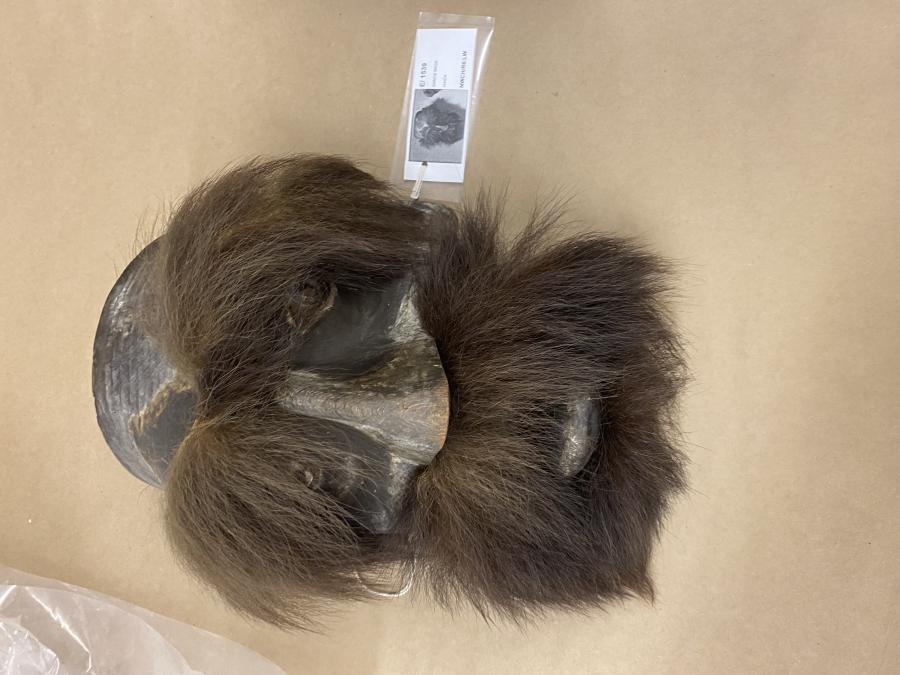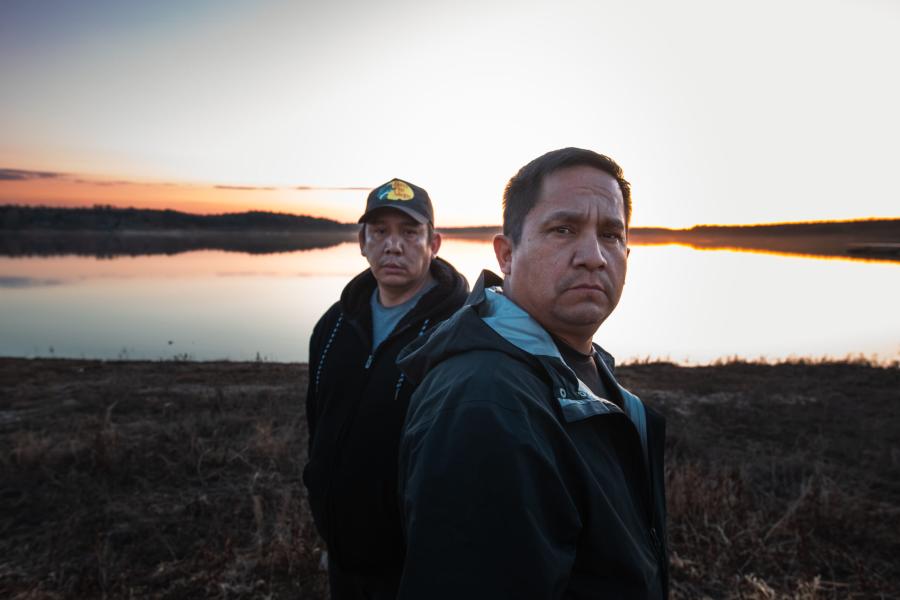A New Approach to Participatory Media
Community developers, media planners, and people with varying political interests have long been intrigued with mass media's capacity to educate. In recent years cable television and video have given many more people the opportunity to raise and address issues that concern them.
However, media attention alone doesn't solve complex social and political problems. Community media projects often fail because they are designed and implemented without sufficient knowledge of real community needs.
Alternative media are critical if we are to influence social realities. What are some alternative media structures; in particular what are the potentials of video as a tool for social change?
Frances Berrigan explains that access to video allows people to become involved in processes of decision-making and change in their communities. She notes that community involvement in media and decision-making is often an empowering experience, and valuable as an agent of personal as well as social transformation. Berrigan points out that video is particularly useful in developing community consciousness to a "point where [people] can organize...articulate needs forcefully...[be] aware of the goals that they can achieve...and where the achievement of these goals can lead them." In short, media can both teach and be a tool for social action whenever the need arises. The following projects reveal some of the possibilities of small-scale video use as a tool to confront local problems.
The first project to confront institutional power through media was the Fogo Island project, initiated by the Memorial University of Newfoundland Extension Service in conjunction with the National Film Board of Canada in 1967. Fogo Islanders were to be relocated to the mainland. Instead the community organized. The Canadian Film Board made a 16mm film which showed the islanders' desire to remain in their community. The film was then shown to government officials. Not only were the islanders allowed to stay, but their oiling economy was revived through monies located for shipbuilding and fishing cooperatives.
Tim Kennedy, a former VISTA volunteer in the Eskimo village of Noorvik, heard of this project, and decided to integrate video and film with his work in the Eskimo village Emmonak. Having viewed firsthand the indifference of local and regional bureaucrats to Eskimo problems, Kennedy realized the need for the community to develop an identity, "consensus and strength." He also saw the need for people to communicate on their own terms, define their own problems and propose their own solutions.
Kennedy encouraged people to "play" with a video portapac. Previously undiscussed issues and unspoken feelings began to emerge as adults shared their despair that village children were sent to boarding schools as far away as Oregon and Oklahoma to be educated beyond the eighth grade.
A film statement directed and edited by the villagers was made and shown to government officials. Changes in the interaction between government officials and village representatives were evident after the film was shown. Instead of the villagers making timid statements...Village representatives were heartened by the sight of villagers like themselves speaking articulately and powerfully (albeit in less than perfect English) on a matter of such vital importance. It gave their own feelings a sense of worth and allowed them to talk freely to the officials present. One by one they stood up to attest to the validity of Emmonak's position and to describe their personal experiences with the problem.
The result of this interaction was a proposal to build a high school in Emmonak and 1.3 other communities. Even more amazing, Kennedy reports that during the planning stages of the school project, a class action suit was filed by the Eskimos, leading to the appropriation of $149 million for school construction throughout Alaska.
In addition to policy-oriented or "problem" films, the SKYRIVER project also included production of films and videotapes that focused on village "accomplishments, culture, history and lifestyle." One tape involved an older Eskimo familiar with previous Eskimo lifeways, whose account of the taboo subject of Eskimo shamans created a new bond of respect between younger and older villagers, as well as fostering a new sense of "pride and cultural identity." This aspect of the project inspired confidence and provided balance to the "debilitating effects" that resulted from concentrating only on community problems.
The Fogo Island and SKYRIVER video projects pioneered new video use. These experiments were further developed by members of Cornell University's Communication Arts Video Communication Laboratory. A study, conducted by Geri Gay in 1979-80, delineated the role of video between blueberry growers in Maine and protesters against pesticide use.
Gay's work with the blueberry growers and pesticide protesters began as the result of a total breakdown in communication between the two groups. This breakdown persisted to the point of "arrests, violence, and damage to the economic community." Gay introduced video to the participants as a mediation tool through which each group could send its messages to the other. Through videotapes, each had the opportunity to see themselves as well as the other side without direct threat or antagonism."
After each group taped and edited their position statements and posed tentative solutions, the tapes were exchanged. Although resolutions were still far off. Gay cited some important functions of video in the dispute.
1. The videotapes diverted hostility, alleviated tension, and allowed intergroup communication without direct confrontation;
2. the two groups established a minimum cooperation;
3. power was equalized by providing equal access to information;
4. Media use was controlled, representing real viewpoints rather than perpetuating conflicts;
5. trust in the video facilitator developed; and
6. the tapes fostered an understanding of opposing views by at least some of the participants. To be oppressed, is to live without voice: the importance of involving the powerless in the media should not be underestimated. As Paulo Freire points out, "Functionally, oppression is domesticating. To no longer be prey to its force, one must emerge from it and turn upon it. This can be done only by the means of the praxis: reflection and action upon the world in order to transform it." Video can be a useful tool for providing this time for reflection and also create a basis for preliminary action in the world.
These projects demonstrate the strength of collective organization and a media orientation toward the development of consciousness. This structure is based on dialogue - people are involved in the production process, able to receive feedback, acting in accordance with their own needs and creating ways to meet those needs. Communication media in this sense become tools for elucidating and enriching relationships and social life generally, rather than tools for obfuscation, domination and control.
Article copyright Cultural Survival, Inc.



